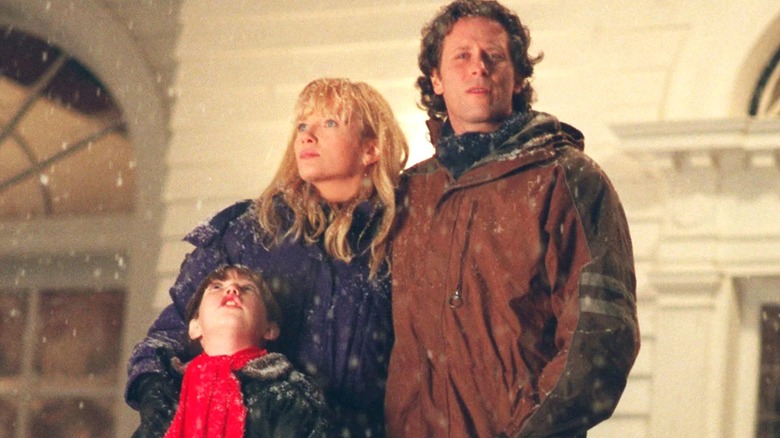Stephen King's Hate for Kubrick's The Shining Sparked a Horror Masterpiece

A Tale of Two Adaptations: Stephen King’s Disappointment and the Miniseries That Followed
Stephen King's relationship with Stanley Kubrick's 1980 film adaptation of his novel The Shining has been anything but harmonious. The author was deeply critical of the movie, expressing frustration over Jack Nicholson's portrayal of the protagonist, Jack Torrance, as well as significant deviations from the source material. These criticisms, while valid, contrast sharply with the film's enduring status as a horror classic. For King, this acclaim only deepened his sense of disappointment, as he famously described the film as "a big, beautiful Cadillac with no engine inside it."
King's critique of Kubrick's work suggests that he felt the director prioritized style over substance, altering the original story in ways that undermined its artistic intent. In the book, Jack Torrance is portrayed as an everyman whose descent into madness is gradual and tragic, driven by the oppressive environment of the Overlook Hotel. In contrast, Nicholson's Jack seems unnaturally intense from the start, making his transformation feel less organic and more exaggerated.
In response to Kubrick's version, King decided to create his own interpretation of the story. In 1997, he wrote and produced a three-episode television miniseries titled Stephen King’s The Shining. Directed by Mick Garris, who had previously worked on Sleepwalkers, the miniseries aimed to stay true to the novel. While it may not match the brilliance of Kubrick's film, it offers a different perspective on the story and deserves recognition for its efforts.
Garris’ version brings a more literal approach to the narrative, focusing on the characters' inner lives and exploring the details that King included in his original work. The show features Steven Weber as Jack, Rebecca De Mornay as Wendy, and Courtland Mead as their son Danny. It also incorporates elements from the book, such as the unsettling presence of Danny’s imaginary friend, Tony. Some scenes, like CGI hedge animals chasing Danny or Jack shouting “Boo!” before attacking a bathroom door, may seem whimsical or even silly. However, these moments contribute to a sincere charm that sets the miniseries apart.
Despite its shortcomings, the miniseries manages to highlight the emotional depth of the story. Unlike Kubrick’s cold and symbolic approach, which emphasizes the hotel’s haunting atmosphere through subtle suggestion, Garris’ version leans into a more direct storytelling style. This approach makes the terror more tangible but may lack the eerie tension that defines Kubrick’s vision.
Kubrick’s The Shining is known for its bleak, desolate imagery, where the horror of the Overlook Hotel is conveyed through visual symbolism rather than explicit action. This method creates a sense of unease that lingers long after the film ends. King, on the other hand, criticized Kubrick for being too pragmatic and unable to grasp the visceral horror of the story. Garris’ miniseries attempts to counter this by focusing on the human elements of the narrative, offering a warmer, more accessible interpretation.
While Stephen King’s The Shining may not achieve the same level of artistic mastery as Kubrick’s film, it remains a valuable effort that should be judged on its own merits. It provides an alternative lens through which to view the story and highlights the differences between two very distinct approaches to adapting a beloved novel.
For those interested in exploring both versions, watching them side by side can offer a richer understanding of the Overlook Hotel’s mysterious and terrifying world. Whether you prefer the chilling ambiguity of Kubrick’s vision or the more straightforward storytelling of the miniseries, each offers a unique take on one of the most iconic horror stories of all time.
Komentar
Posting Komentar